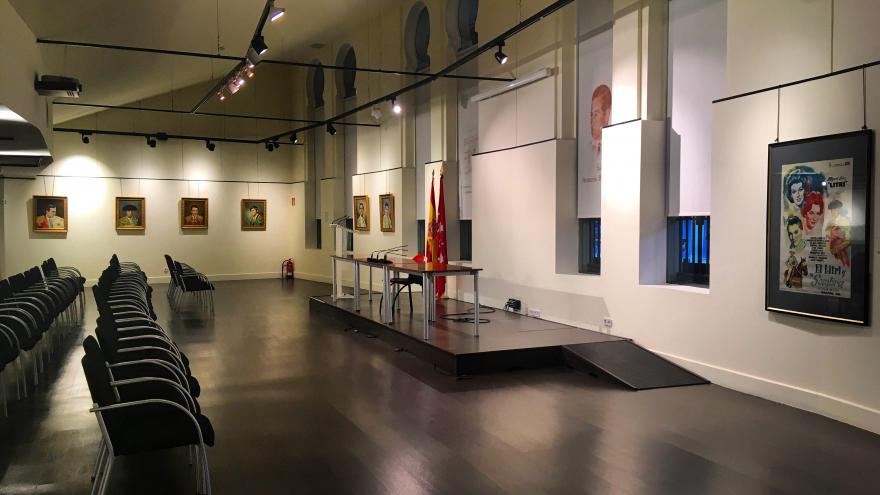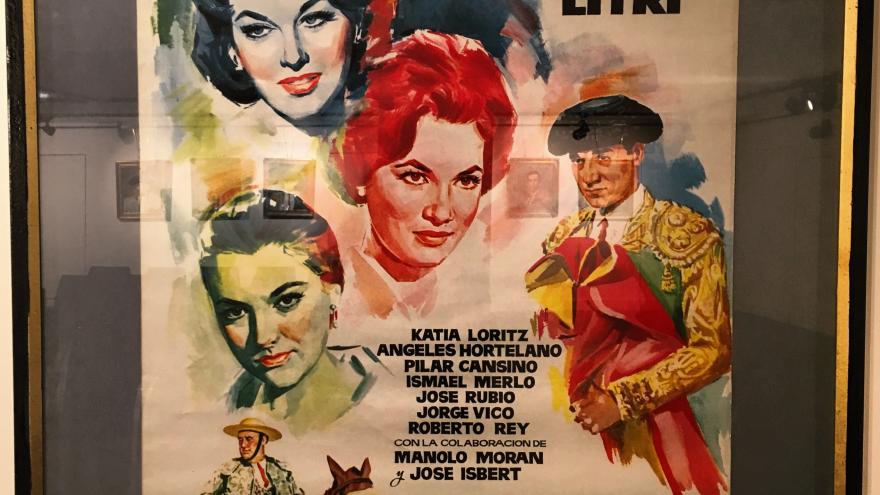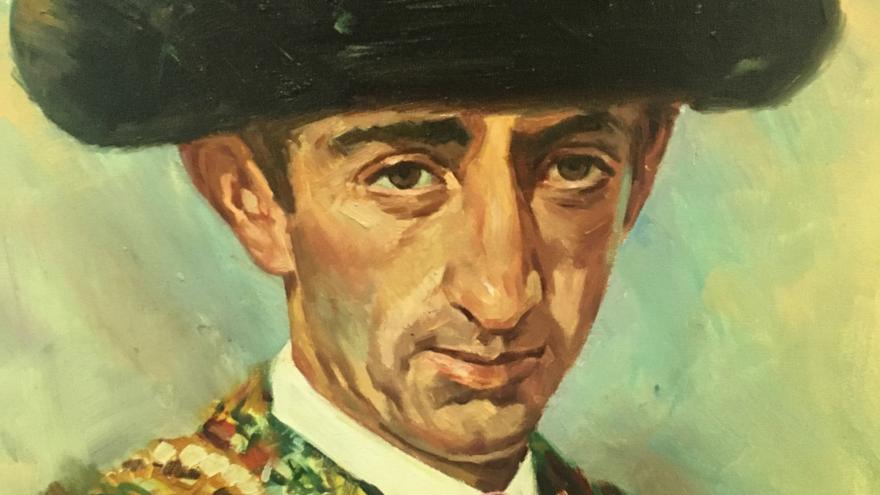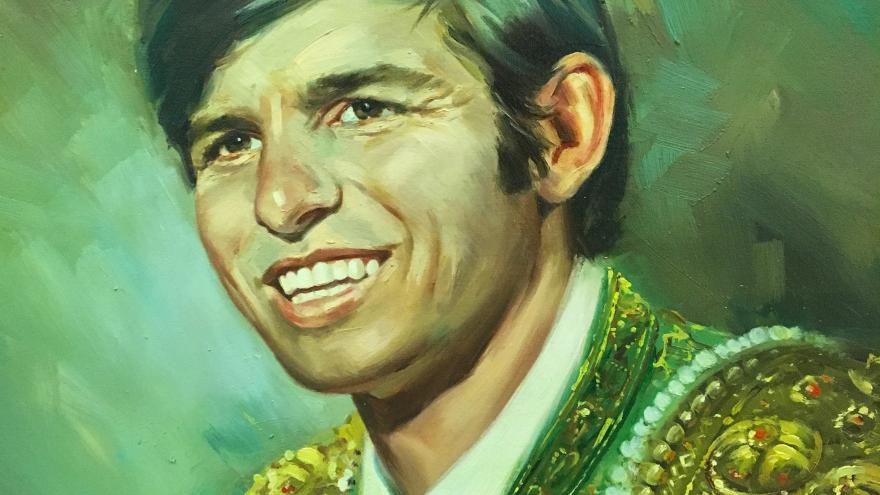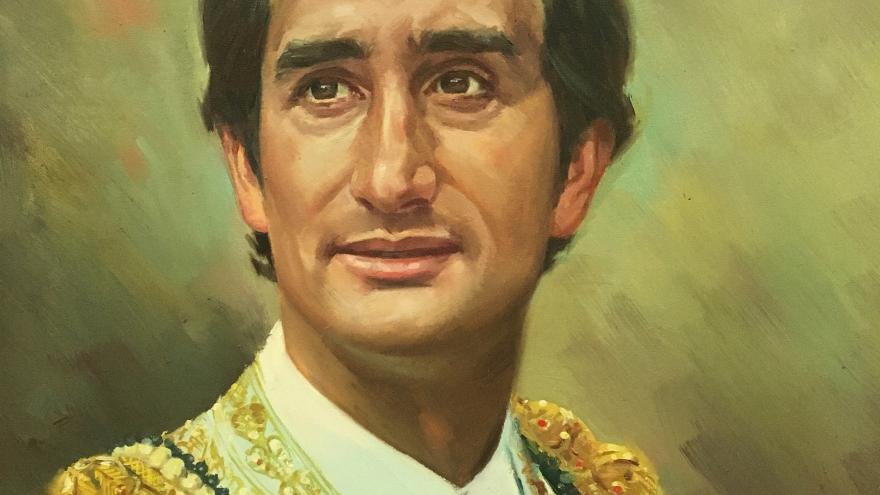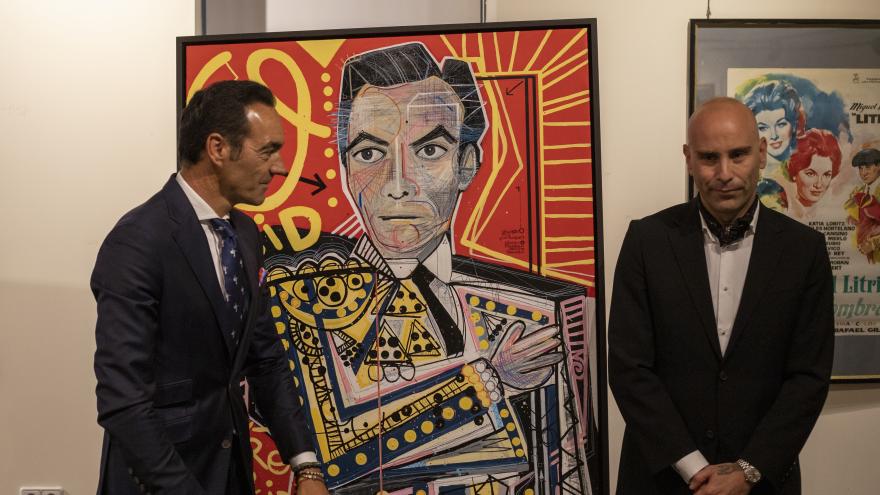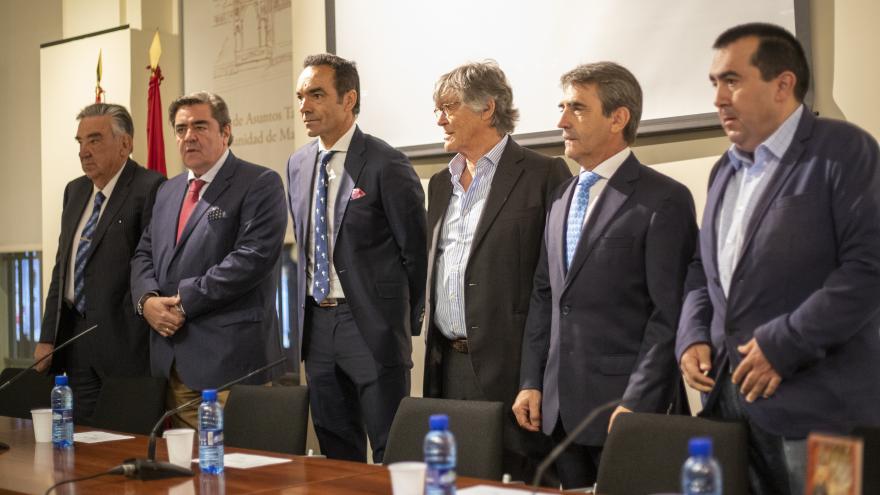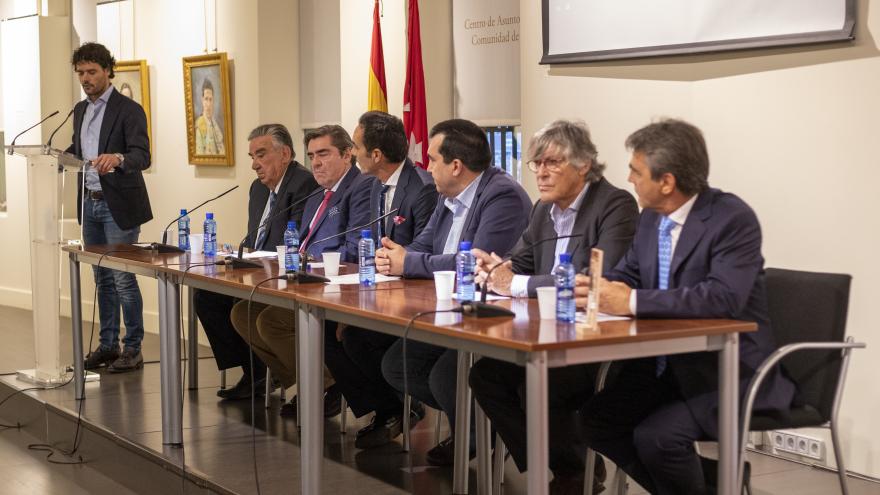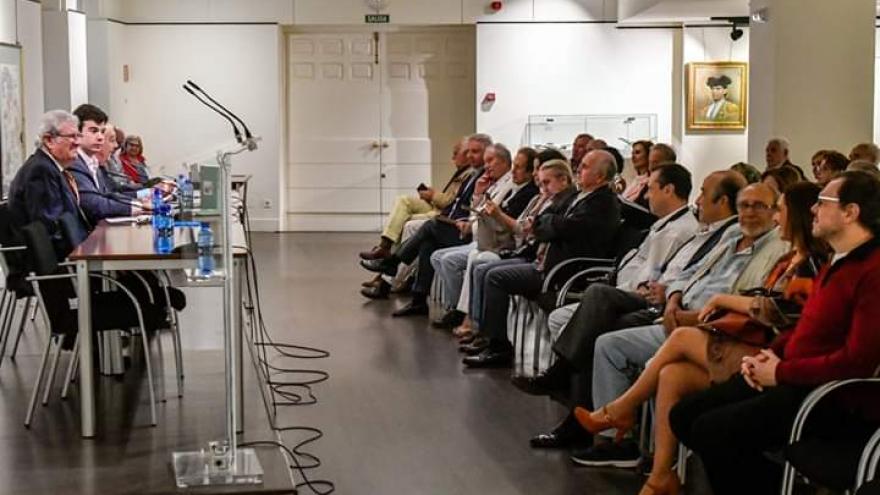
Cultural events in Las Ventas during Autumn 2019
The Autumn Fair 2019 started on September 27 in Madrid with an exhibition in the Antonio Bienvenida Room of the Plaza de Las Ventas that brought together a large part of the bullfighting pictorial work of Francisco Fernández-Zarza, alias 'Jano' (Madrid, 1922- 1992), known as the man who decorated Gran Vía during the 50s with his movie posters. The farewell of the bullfighter Manuel Jesús "El Cid" was the other highlight of the cult programming at the end of the season.
The bullfighting universe of "Janus"
The exhibition, organized by the Center for Bullfighting Affairs of the Community of Madrid in collaboration with the Regional Library of Madrid Joaquín Leguina, hosted the work of the painter, graphic designer and poster artist, who knew how to accurately shape the personality of each sword in his canvases. Joselito 'El Gallo', Juan Belmonte, Ignacio Sánchez Mejías, 'Manolete', Diego Puerta, Julio Robles, 'El Cordobés' or César Rincón were some of the faces that mark this exhibition.
The exhibition was complemented by a bullfighting film poster bearing the signature of 'Jano' and which was loaned by the Regional Library, as well as cinematographic documentation. Most of the loaned material belonged to the artist's personal graphic collection acquired by the library.
While still a teenager, this self-taught Madrid began his career as a cartoonist during the Civil War. In the early forties, he began working in the field of film advertising, where he was recognized internationally as one of the best poster artists of his time with works from films such as' Mogambo ',' Welcome Mister Marshall ',' Death of a cyclist ',' The gold chimera ',' I rob the 3 ',' Grooves' or 'La dolce vita'.
The artist also made plays and posters for the theater and the circus, illustrated covers of books, magazines and comics and signed humorous drawings; all this without stopping frequenting peñas and bullfighting gatherings. The pseudonym 'Jano' was born as a tribute to the Roman god of the same name, who is usually represented with two opposite faces. As he himself explained, he chose it because he was a Gemini and because it was related to his two facets: that of a draftsman and that of a painter.
The best of San Isidro 2019
Taking advantage of the last bars of the season at the Las Ventas bullring, the Center for Bullfighting Affairs of the Community of Madrid compiled, in twelve large panels, some of the best photographs of the San Isidro 2019 fair. Twenty photographers assiduous to the winter season gave their work for this project that could be visited in the showcases of the 1 and 10 lines.
Tribute to Manuel Jesús "El Cid"
The Community of Madrid, through the Center for Bullfighting Affairs, organized on Thursday 3 October an act in tribute to Manuel Jesús “El Cid” on the occasion of his final farewell to Las Ventas during the Autumn Fair. The bullfighter himself was present at a round table where his great tasks in the Monumental Madrid were remembered and before a large audience that filled the Antonio Bienvenida Room.
In the colloquium, moderated by the journalist Íñigo Crespo, the cattlemen Victorino Martín and Moisés Fraile, his agent Manuel Martínez Erice and the businessman Simón Casas also participated. The managing director of the Center for Bullfighting Affairs, Miguel Abellán, addressed a few welcoming words to the attendees, including several bullfighting professionals, such as the farmer José Luis Lozano, the killer Sergio Serrano or the silver bullfighter David Saugar “Pirri "
“I have spent the best years of my life surrounded by bullfighter dresses. I have had dreams and have fulfilled them all; Many of them in this square. That has been my great fortune, ”recalled an excited“ Cid. ” “The most beautiful thing will be to stop fighting and for people to continue loving me the same. That is what fills me. ”
The farmer José Luis Lozano made the following qualification: "If it had not been for the sword, El Cid would compete in Big Doors in Madrid with figures like Paco Camino." Along the same lines, the farmer Moisés Fraile pronounced: “He has been a great bullfighter. The only bad thing is that, every time I bullied, I knew there would be no ears because I punctured them all. ” For his part, Victorino Martín thanked the Sevillian matador for his fidelity with the iron of the crowned A: "It seemed that El Cid and the house bull were made for each other."
His agent, Manuel Martínez Erice, was an entrepreneur of Las Ventas in the most glorious years of "El Cid": "He became one of our talisman bullfighters. At 2005, we took Las Ventas and he opened his first Big Door. Fortune made us coincide in time. ” Finally, the 1 Plaza businessman, Simón Casas, also addressed the Sevillian: "El Cid as a person is the same as his bullfighting: a sincere surrender and a waste of humility."
Two emotional projections completed the round table, which ended with the delivery of a painting by the artist Miguel Caravaca to "El Cid".
Other cultural events
- Conference and presentation of the book "100 bullfighters of Triana"
Act held on Friday 4 in October in the Antonio Bienvenida Room with the presence of the author of the work Ángel Vela Nieto, Luis Calderón (son and grandson of bullfighters) and the journalist Gonzalo Izquierdo Bienvenida.
“100 bullfighters of Triana. From the pioneers to Antonio Montes ”is the culmination of an arduous research work in the publications of the time, where customs, names, faces and images lost in the mists of time are recovered.
Naturally, the figure indicated in the title is nothing more than a symbol, a teaching of greatness, because there are many more bullfighters that are remembered, born or formed under the influence of the fire of the forges or the ductility of the mud; from Juan Martín de Triana (18th century), the first name that sounds close to us, to the relevant figure of Antonio Montes (1907). Bullfighters who crossed the bridge with their hearts floating above their heads and their souls prepared for the supreme sensation of triumph.
The author has tried to compose the artistic and even biographical career of each one of them. He has also considered remembering the sites and names related to the bullfighting life of the neighborhood, and has been interested in journalistic criticism at the time with its curious peculiarities, its interesting characters, its literary quality in many cases and its tasty anecdotes.
Apart from the collection of the prestigious magazine "Sol y Sombra", it has reviewed many other congeners during a crucial time between two centuries in which Triana reaffirmed its identity as a bullfighting homeland, manifested in the composition of posters with names exclusively from its shore, although such a novel circumstance escapes the attention of commentators, magazine racks and critics, who are sometimes so fond of curious details.
- Conference "Cadiz bullfighters in the genesis of flamenco"
Act held on Saturday October 5 in the Antonio Sala Bienvenida in collaboration with the Union of Bullfighting Subscribers and Fans of Madrid and with the presence of researcher and writer Guillermo Boto Arnau, singer Carmen de la Jara and journalist Rafael Cabrera.
The relationship between bullfighting and flamenco singing is notorious. Like bullfighting, singing, it is an eminently popular manifestation, born of the people, makes it their own, interprets it and accommodates their freedom. They walk together through this unique story.
Flamenco has its beginnings with Majos de Cádiz, that is, with the world of bullfighters, picadores or banderilleros, from the second half of the 18th century. These gentlemen met after the bullfights, to celebrate the triumphs and each one sang what he knew. Little by little they got agitated and, together, they created the great wealth of sticks that today make up flamenco.
It is from 1878 (just 135 years) with the appearance of the primitive phonograph when the human voice is first collected. It was in Cádiz, as was the bullfighting on foot.
It was precisely in the slaughterhouses where the cantes are most developed, especially the slaughterhouses of Cádiz and Seville, where waves of bullfighters and singers came out that are very difficult to separate.
Guillermo Boto presented this lecture by the flamenco singer and studious Carmen de la Jara.



